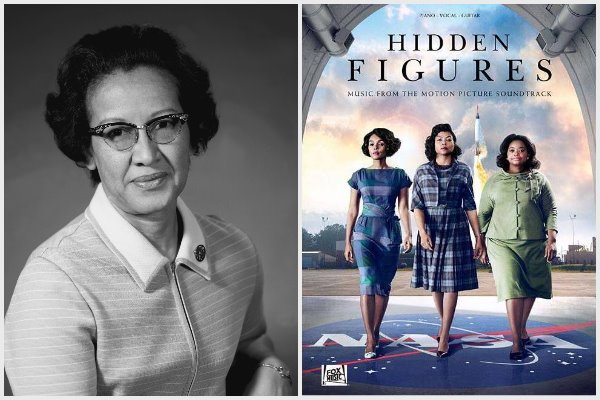Katherine Johnson, the extraordinary NASA mathematician who helped to boost astronauts out of the earth’s atmosphere and into the stars with numerical precision, has died at the age of 101.
Johnson was pure magic and earned her place in history leading the way as a woman of color whose genius-like ability in math played a pivotal part in helping NASA, starting in the 1950s, when Blacks did not share equal rights with whites.
Johnson was a pioneer and served as a NASA physicist, space scientist, and mathematician based at NASA Langley Research Center. Her significant work was outlined in the 2016 Oscar-nominated film, “Hidden Figures” starring Taraji P. Henson, who played Johnson. The film also featured Janelle Monáe as the engineer Mary Jackson, who died in 2005, and Octavia Spencer as the mathematician Dorothy Vaughan, who died in 2008.
“Johnson helped our nation enlarge the frontiers of space even as she made huge strides that also opened doors for women and people of color in the universal human quest to explore space,” NASA Administrator Jim Bridenstine said in a statement, according to NBC News.
The trailblazer started working at NASA in 1953, which was previously known as the National Advisory Committee for Aeronautics (NACA) in Virginia.
Johnson had a heavy hand in aiding the 1969 moon landing and took great pride in her work saying her greatest contribution was configuring “the calculations that helped sync Project Apollo’s Lunar Lander with the moon-orbiting Command and Service Module.”

She also authored a research report for the Flight Research Division with Ted Skopinski and paved the way as the first woman to receive credit for doing so. The report outlined the equations chronicling an orbital space flight.
According to NASA, Johnson spearheaded the trajectory analysis calculations for Alan Shepherd’s 1961 Freedom 7 mission, which was featured in the “Hidden Figures” movie. It was reportedly America’s first human spaceflight.
Johnson also was key in contributing to calculating astronaut John Glenn’s coordinates for the first American orbital spaceflight.
As computers were becoming more commonplace to use to determine launch projections, the astronauts weren’t wholly on board with depending on them and instead heavily relied on Johnson’s input for accuracy.
Astronauts were not apt to “putting their lives in the care of the electronic calculating machines, which were prone to hiccups and blackouts,” according to NASA.
Glenn reportedly asked for his cohorts to “get the girl,” to analyze computer equations because of Johnson’s keen ability to calculate.
“’If she says they’re good, then I’m ready to go,’” Johnson once said quoting Glenn.
“Glenn’s flight was a success, and marked a turning point in the competition between the United States and the Soviet Union in space,” according to NASA.
Many public figures online sent their condolences and hailed Johnson as an “American hero.”


